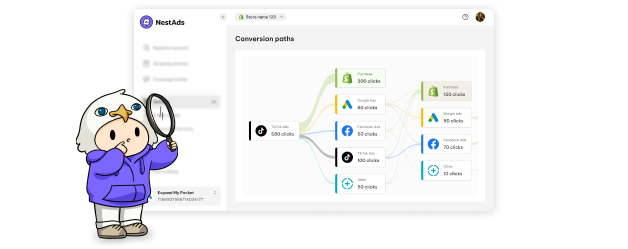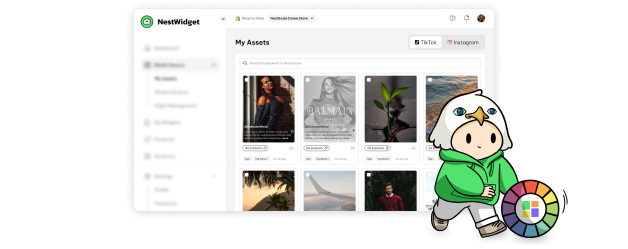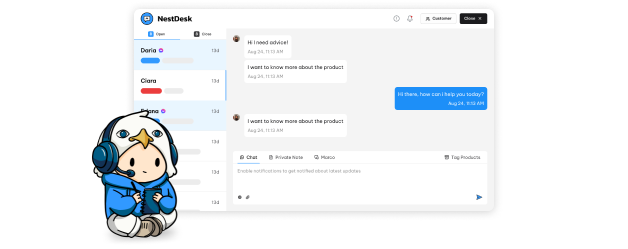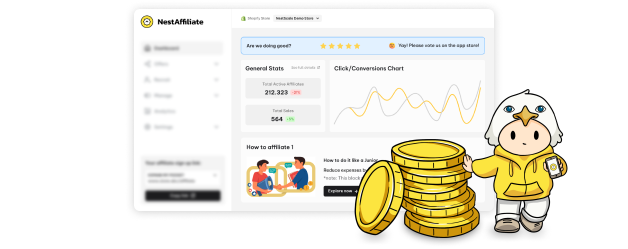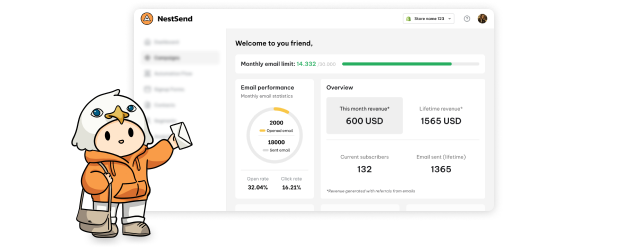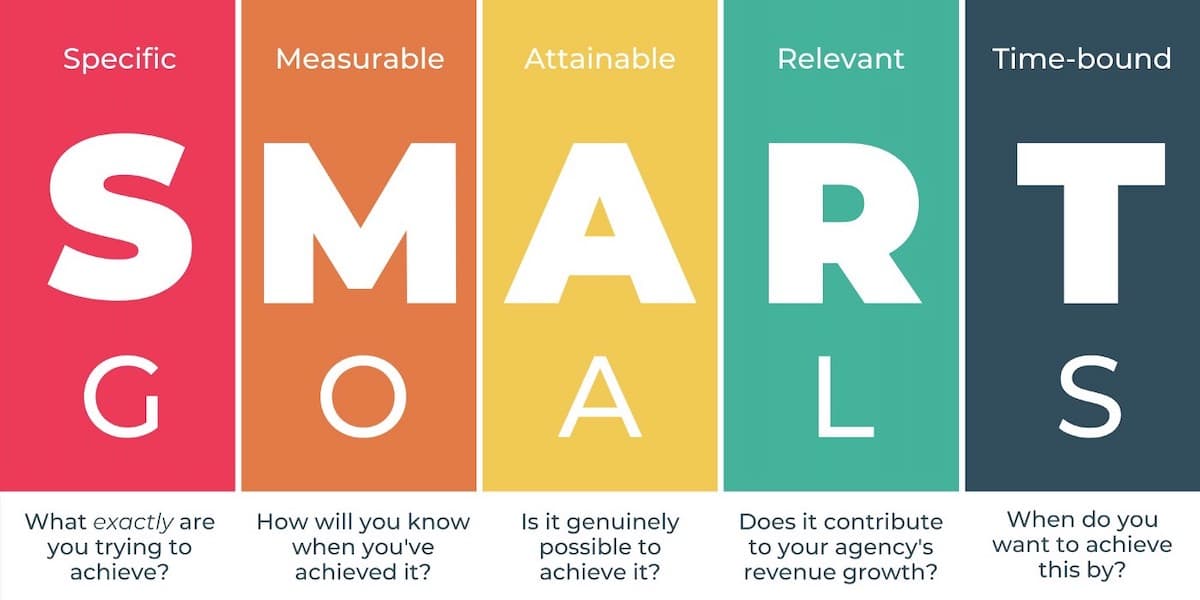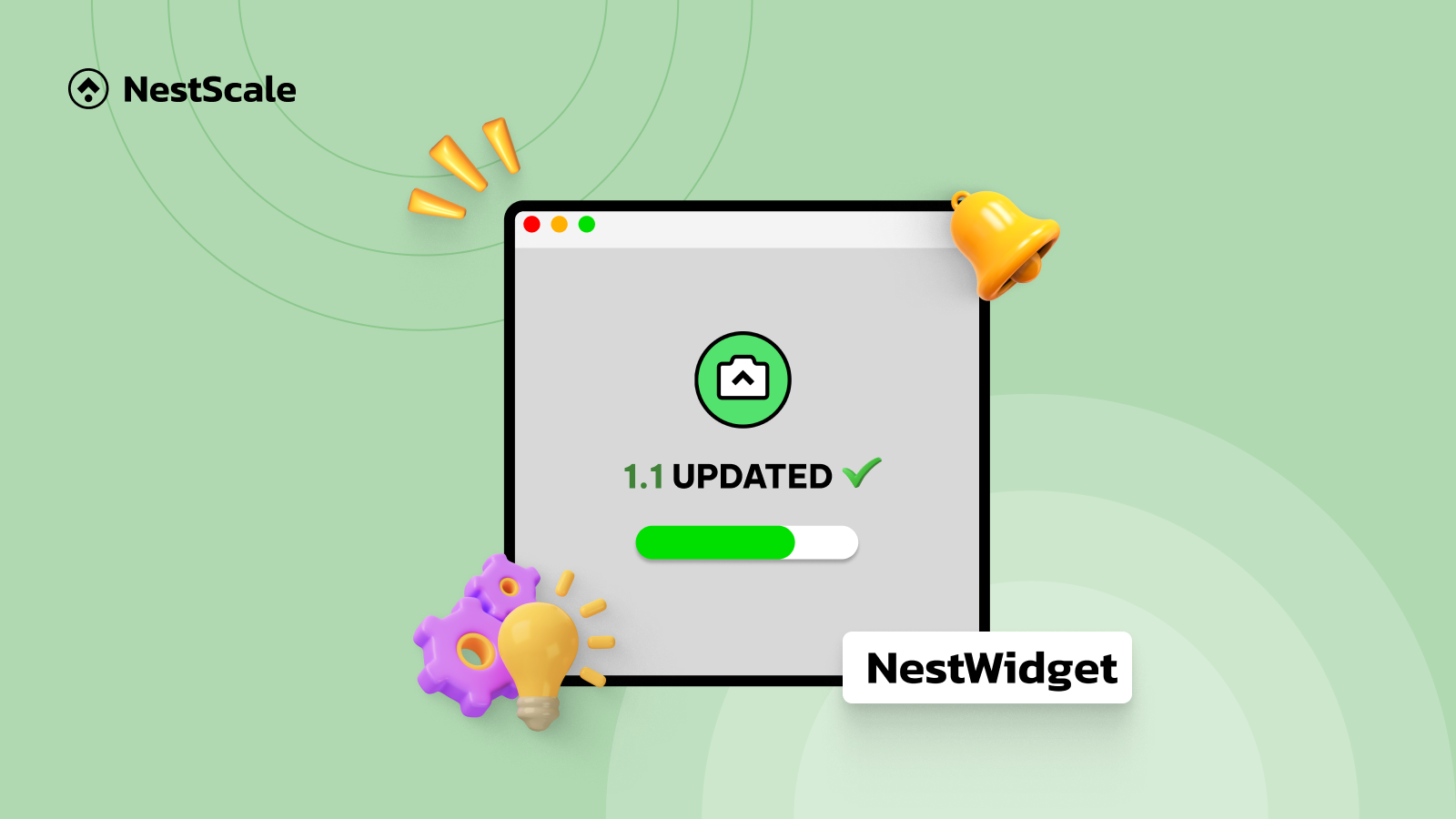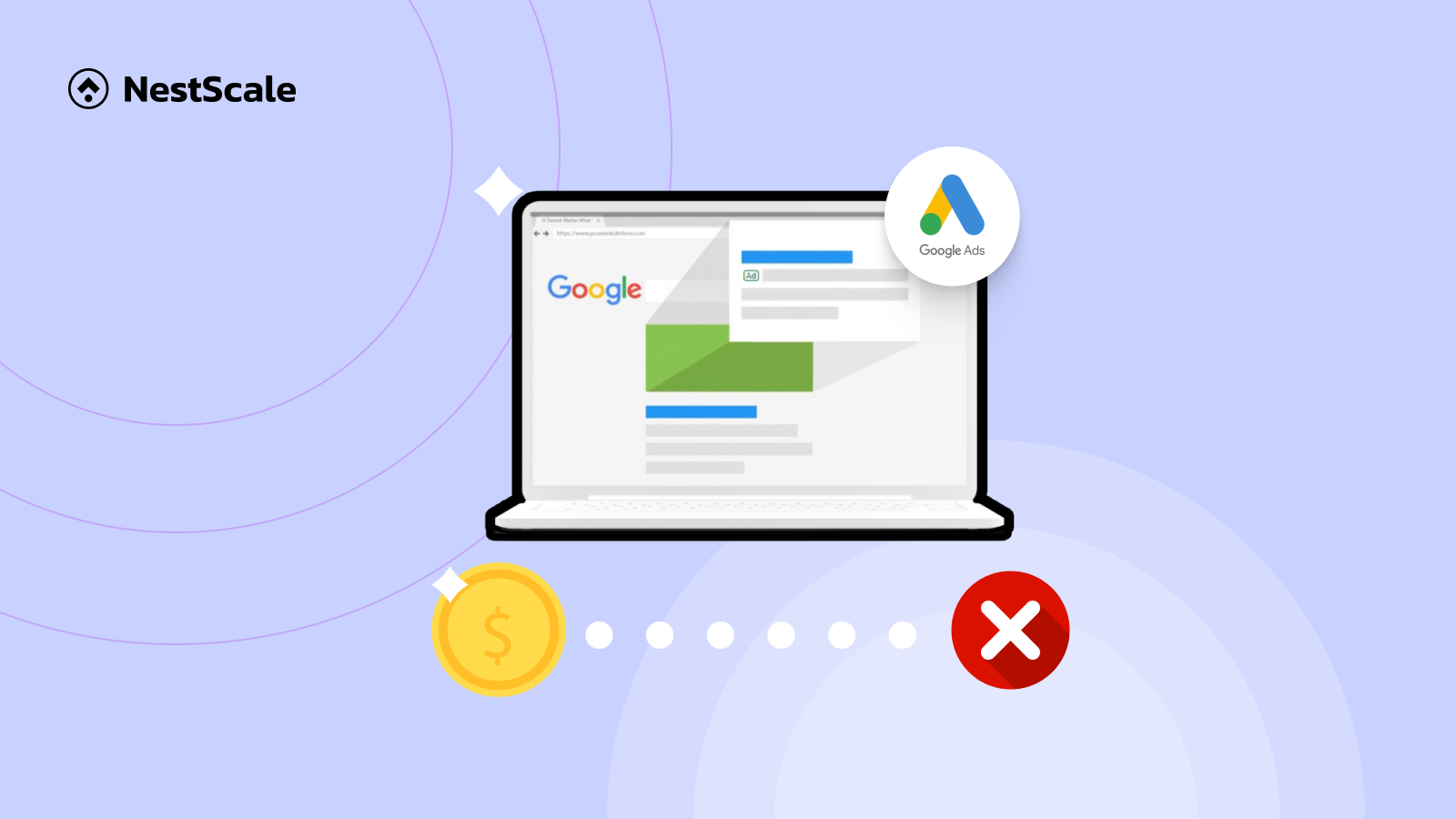In the age of digitalization, novelty can not be the only factor that is going to secure your spot in your customer’s mind. It must go side by side with a well-implemented strategy. The same goes for email marketing: The most eloquently-written email can only shine when it is sent at the right time, to the right person, with the right subject line.
This is where an email marketing calendar comes to save you! It is a business-favorite tool that is essentially a schedule outlining the timing and content of each email that will be sent to a particular audience.
As we are heading toward the 2nd quarter of 2024, let’s go through the basics, and note down some of our suggestions for a successful Q2 2024 email marketing calendar!
Why does email marketing calendar really matter?
Better organization
Email marketing calendars allow businesses to stay organized and on track with their email campaigns. No matter whether you are sending product review emails, win-back emails, or abandoned cart emails, always remember to set up a calendar. As a result, by planning ahead and scheduling each email campaign, you can ensure that you are sending the right messages to the right people at the right time.
Improved consistency
Consistency is key when it comes to email marketing. Therefore, by using an email marketing calendar, you can be certain that emails are sent on a regular basis and that each email is consistent in tone and messaging.
More effective campaigns
Email marketing calendars can help businesses create more effective campaigns by allowing them to plan ahead and coordinate their efforts. By knowing when each email campaign will be sent and what the content will be, you can create a more cohesive message that resonates with your audience.
Better tracking and analysis
Email marketing calendars also allow businesses to track the performance of their email campaigns more effectively. By tracking open rates, click-through rates, and other metrics, you can see which campaigns are most effective and make adjustments accordingly.
Increased efficiency
Email marketing calendars can also help businesses save time and increase efficiency. So, by planning ahead and scheduling emails in advance, you can focus on other aspects of their marketing strategy without having to worry about your email campaigns.
How to plan an effective email marketing calendar?
Identify overall key objectives for Q2 2024 Email Marketing Calendar
Before filling in the calendar, you should have a clear sense of the overall picture. Ask yourself these questions: What are the business objectives and the marketing objectives that you need to achieve in Q2 2024? What marketing activities should you prioritize to achieve these goals? Only after you have established a brief overview can you align them with the smaller goals of your email marketing campaign.
Understand your target audience
Identify key characteristics of your audience
- Demographics: This includes characteristics such as age, gender, income, education level, occupation, and geographic location.
- Psychographics: This includes personality traits, values, attitudes, interests, and lifestyles.
- Behaviors: This includes the actions and behaviors of the audience, such as buying habits, social media usage, and engagement with the brand.
- Pain points: This refers to the problems or challenges that the audience may be experiencing.
- Communication preferences: This includes the preferred channels and styles of communication for your audience, such as email, social media, or face-to-face.
Analyze audience behavior and engagement patterns
- Set baselines: You can establish a baseline for each metric by tracking it over a period of time, such as a month or a quarter. This will help you establish a benchmark for what “normal” behavior and engagement looks like for your audience.
- Analyze trends: Analyzing trends in the data over time can help you identify patterns and changes in behavior and engagement. Look for spikes or dips in engagement, and try to identify any external factors that may have contributed to these changes.
- Use A/B testing: Finally, A/B testing should be executed to test different marketing strategies and messaging to see what works best with your audience. This can help you optimize your marketing efforts and improve engagement over time.
Create buyer personas for your audience segments
- Identify commonalities: You can look for commonalities among your audience segments and group them into categories based on their characteristics and needs.
- Create persona profiles: Once figuring out the commonalities, you can develop persona profiles for each group, including a name, photo, and detailed description of their characteristics, behaviors, and pain points. Also, don’t forget information such as age, gender, income, education level, job, interests, and communication preferences.
How to develop an email marketing calendar for Q2 2024?
Now, you are ready to dive deep into the world of email marketing calendars. Take a look at the photo above: It is a clear example of a standard email marketing calendar and is a sneak peek of what’s to come.
We’re going to take you on a journey through the important steps you need to know to create a killer email marketing calendar. Then, you shall have a solid understanding of how to make the most of your email marketing efforts and drive real results for your business.
Set your goals
Establish SMART goals
SMART goals are an effective way to set objectives for your email marketing campaigns. Here’s how to apply the SMART framework to email marketing:
- Specific: Your goal should be clear and specific. Instead of saying “increase email open rates,” make it more specific like “increase email open rates by 20%.”
- Measurable: Your goal should be measurable so you can track your progress. Set a benchmark and use metrics like open rates, click-through rates, and conversions to measure your success.
- Achievable: Your goal should be realistic and achievable. Consider your available resources, budget, and audience to ensure your goal is attainable.
- Relevant: Your goal should be relevant to your business objectives and marketing strategy.
- Time-bound: Your goal should have a specific time frame for completion. Set a deadline to create a sense of urgency and accountability.
Define key performance indicators (KPIs) to measure progress
- Open rate: This is the percentage of people who opened the email out of the total number of people who received it
- Click-through rate (CTR): This is the percentage of people who clicked on a link in the email out of the total number of people who received it.
- Conversion rate: This is the percentage of people who completed the desired action, such as making a purchase or filling out a form, out of the total number of people who received the email.
- Unsubscribe rate: This is the percentage of people who opted out of receiving emails from the business after receiving the email.
- Bounce rate: This is the percentage of emails that fail to deliver to the recipient’s inbox.
By tracking these metrics, businesses can measure the success of their email campaigns and identify areas for improvement.
Different types of email campaigns to run in Q2 2024 you shouldn’t miss
Outlining is always the first step to creating an email campaign so that you can develop a firm sense of the overall email marketing picture. Here are some of our suggestions for types of email campaigns you can run in Q2 2024
Product launch campaigns
- Introduction of new products or services
- Promote products or services that are popular in the spring and summer seasons
- Offer early bird discounts or promotions
Seasonal/holiday campaigns
April
- 1/4: April’s Fool Day
- 22/4: World Earth Day
- 30/4: Vietnam’s Reunification Day
May
- 1/5: International Workers’ Day
- 3/5: World Press Freedom Day
- 8/5: World Red Cross Day
- 14/5: Mother’s Day
- 15/5: International Day of Families
June
- 1/6: Children’s Day
- 5/6: World Environment Day
- 18/6: Father’s Day
Re-engagement campaigns
- Target inactive customers to encourage re-engagement
- Offer exclusive promotions to encourage subscribers to return
- Invitation to your interactive workshop or exhibition to re-engage
Develop a resonating content plan
Identify the themes and topics that will resonate with your audience
Evidently, each audience segment will have their own preferences and interests. After conducting careful research, your brand can develop a set of themes and topics that attract every of your segment’s attention.
For example, for a female audience ranging from 18-22 years old, these are a few topics that can pique their interest:
- Self-care, including skin care routines, healthy eating, and exercise tips
- Social media and digital cultures, such as influencer culture, TikTok trends, and online dating
- Fashion and beauty, including makeup tutorials, fashion hauls, and styling tips
- Mental health and personal development, including anxiety management, and self-improvement
- Relationships and dating, including romantic relationships, friendships, and family dynamics
- Career and education, such as college life, career advice, and start ups.
This step is extremely crucial in establishing a long-term relationship with your customers. Despite being the most effective type of content that can attract your audience in a heartbeat, promotional content is usually short-lived and even useless in increasing brand affinity or brand love.
As a matter of fact, it is usually by a mix of educational and informational content that your audience can develop a sense of relevance with your brand and engage with your content more in the long term! So, don’t forget variety when it comes to building your content plan.
Map out a content calendar for Q2 2024
Once you have built potential content to be posted in the second quarter of the year, you can organize your content calendar that fits the best to your customer journey.
Develop engaging email subject lines
Here are a few simple suggestions for you to craft an appealing email subject line
- Keep it short and sweet
- Keep a unique, engaging tone
- Personalize it
- Highlight the benefits of opening the email
- Use urgency
- Include emojis
>>> Read more: Post-Purchase Email Subject Lines to Drive E-commerce Customer Loyalty
Use clear and concise messaging
Use a conversational tone to engage the reader
- Use personal pronouns: Address your reader directly by using “you” or “your”. This will help create a sense of personal connection and makes the reader feel like you’re talking directly to them.
- Be informal: Use contractions or slangs to make your writing sound more like a conversation. If done properly, it will help create a relaxed and friendly tone.
- Use rhetorical questions: Ask questions throughout your writing to engage your reader and prompt them to think about the topic at hand. Rhetorical questions can be a powerful tool for drawing the reader in and keeping their attention.
- Incorporate analogies and metaphors: Use relatable comparisons to help explain complex ideas or concepts. This can make your writing more engaging and help the reader understand the information better.
Focus and condense for improved readability
- Keep it simple: Avoid using technical jargon or overly complex sentences. You should use simple language that is easy to understand and does not require a look-up.
- Keep it brief: Long paragraphs or sentences can be overwhelming to read. You should break up your content into shorter, more digestible sections to make it easier to read.
- Use bullet points or numbered lists to break up the text
Include engaging visuals
- Use high-quality images or videos that are relevant to the message
- Use infographics or data visualization to present information
- Use GIFs to add a touch of humor or personality to the email
Include a clear call-to-action (CTA)
A clear, concise CTA can act as a powerful navigator for customers to act in accordance with how you expect them to do. You can follow these steps to naturally include CTAs in your email:
- Use a prominent button or link to encourage clicks
- Use action-oriented language that clearly communicates the desired outcome
- Test different CTA to determine the most effective approach
Build smart email marketing calendars with NestSend!
It is time to start planning and launching your email marketing calendar for Q2 2024! By following the important steps of identifying objectives, understanding your target audience, and building a well-planned content calendar, you can drive stellar results and build stronger relationships with your subscribers.
However, building a detailed email marketing calendar can pose a challenge for some brands. This is where NestSend comes to help! We provide a helpful tool for brands who want to streamline their email marketing processes and ensure they send relevant content to their subscribers on a consistent schedule.






